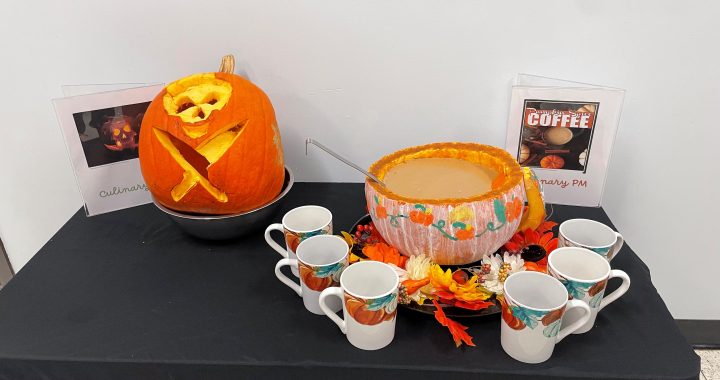Mabon: The Harvest Festival of Old
2 min read
By: Lara Palmer
While millions of people in the United States celebrate the popular holiday of Thanksgiving, very few know of the celebration of the harvest that happens, not in November, but in September. Mabon is the eighth pagan sabbath that was celebrated by the people of ancient times. This festival lasted the last week of September. Now, in modern day, plenty of people celebrate this equinox holiday to give thanks for the earth and harvest.
The original name of the festival was Mea’n Fo’mhair, meaning Middle of Autumn. The name of Mabon was created by a man in the late 1960s by the name of Aiden Kelly. He took the name from a Welsh myth. The original Mabon was named Mabon ap Modron, meaning “the divine son of the divine mother.” He is most prominently known from the story How Culhwch won Olwen. There are theories that Mabon ap Modron is a counterpart of the Irish god Aengus and the Mabon who appears in the Arthurian legends. This Sabbath is the last of the year, with Samhain being the start of the new year in October. Mabon was, and is now, celebrated as the second or mid-harvest festival.
There are many ways to celebrate the harvest season, whether it is modern times or the age of ancient Ireland. Some of the most popular ways in the 21st century is decorating the home with fresh or dried flowers, having a picnic to enjoy nature, and having a bonfire. Another way to celebrate is to go apple picking, as apples are one of the symbols of Mabon. This harvest festival is seen to give thanks to the earth for the crops, and to look back on the past year before the end. Many use this time to meditate on the year they have had, like that of the modern New Years.
No matter the way the people of current times choose to honor this sacred week, it will always be about giving thanks for the crops they have at this time, and the change of the seasons, heading towards the new year.






